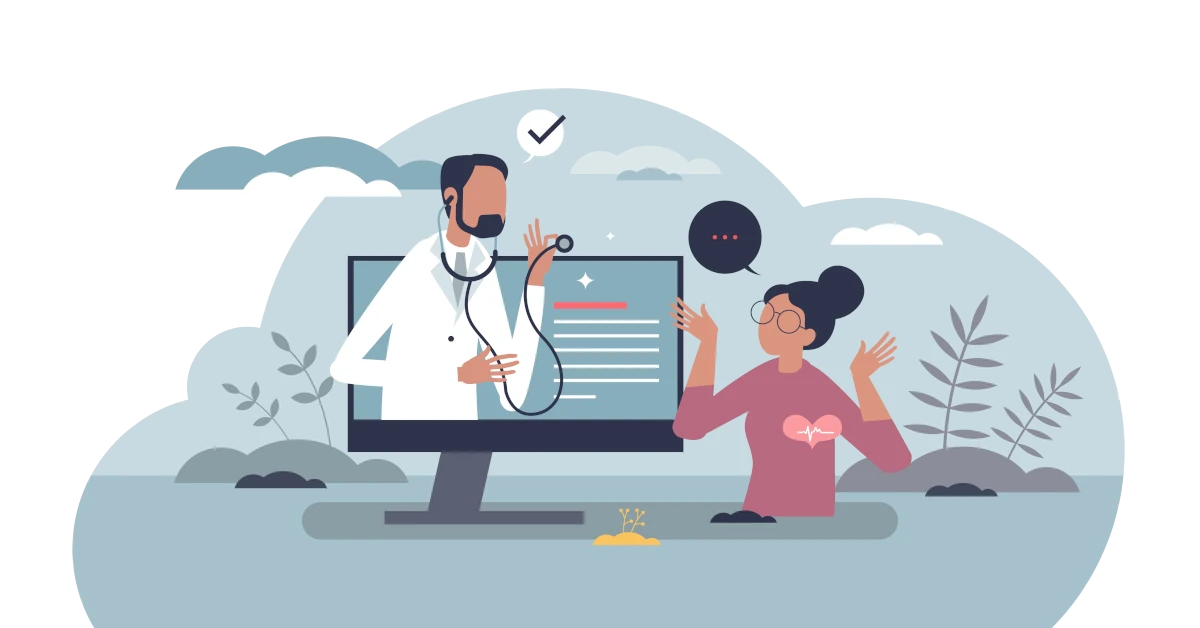Slip Disc (Herniated Disc)
A spinal condition where the soft inner gel of a disc protrudes through a tear in the outer layer, pressing on nearby nerves and causing pain or numbness.

Symptoms
- Back pain, especially in the lower back or neck
- Pain radiating to the arms or legs
- Numbness or tingling in the affected limbs
- Muscle weakness
- Worsened pain with movement, coughing, or sneezing
Causes & Risk Factors
- Age-related disc degeneration
- Improper lifting techniques
- Sudden trauma or injury
- Repetitive strain on the spine
- Excess body weight and sedentary lifestyle
Diagnosis
- Physical examination and neurological assessment
- Review of symptoms and medical history
- Imaging studies such as MRI or CT scan
- X-rays to rule out other spine conditions
Effective Treatment Options
- Rest and activity modification
- Physical therapy to strengthen back muscles
- Pain management with NSAIDs or muscle relaxants
- Epidural steroid injections for nerve inflammation
- Surgery (e.g., microdiscectomy) in severe or persistent cases
Frequently Asked Questions
Can a slip disc heal without surgery?
Yes, most herniated discs improve with conservative treatments like rest, physiotherapy, and medications over several weeks.
Is it safe to exercise with a slip disc?
Yes, under guidance. Gentle exercises and physiotherapy can help manage symptoms and prevent recurrence.
